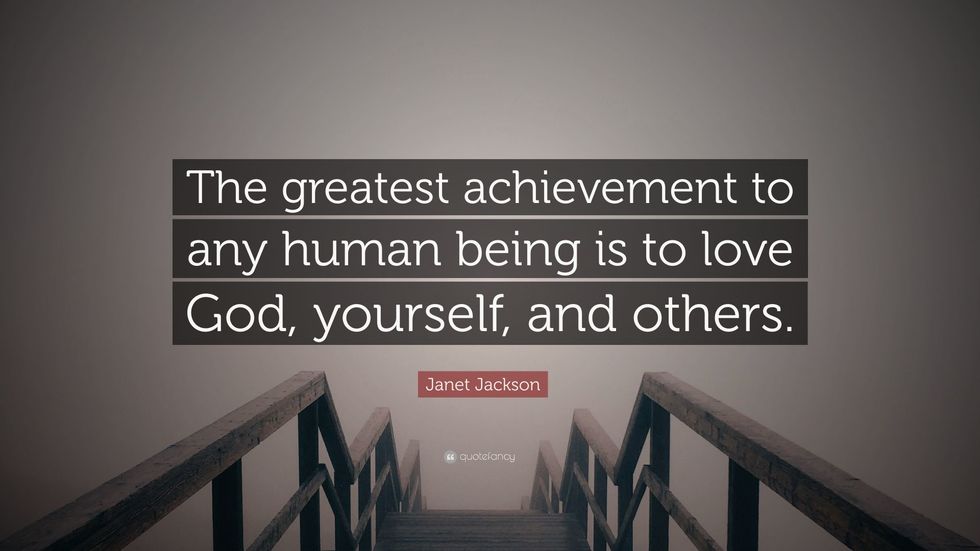Old is the new "new," as if something of age was meant to be reborn or reproduced. What the past is to us is what the present is to the past. A means of living that expresses the hopeful need of a future not yet lived. Back then, the eternal phrase of dissonance, what we find out of style or outdated was natural living at that point in time. The past we look back at was once the present day. It is a miracle that our gaze can be so scrutinizing enough to see farther than the future allows us. Unless it is to be forgotten, misplaced, redacted, or revised, history will show its punctual and preeminent watershed epochs, even if it means rinsing and repeating. It all depends on whose washing the plates.
Some people do their washing with bare hands, using the dish detergent and sponge as their tools to preserve the sheen and service of the porcelain. Some people prefer their excavations with the clinical reassurance of rubber household gloves. Some people leave the discovery to the automation of the dishwasher, never knowing a dirty plate from a clean one.
No matter how we clean, to know the meals that touched such china cannot be savored exactly as they were prepared. The closest we get to tasting the past is through how we intend to eat off these plates.
A feast for the senses is considered an understatement to the Roaring Twenties when compared to the Digital Age of Debauchery. The amount of excess from then until now has held this as habit, which turned it from vice to virtue to finally of value. The more, the merrier, but more of what made you happier?
Carefree innocence, childhood freedoms, and overall indulgence are practices that had their place but can never be the same again. That is not to say it cannot surface ever again; these half-full feelings quickly become half-empty in different ways, time and time again, especially in a dissatisfying sameness that claims to be new or perpetually updated.
Escaping history is out of turn. To escape history's faults is to deny its faults. Embracing history is acknowledging that it exists and is existing. History was and is still history with and without proper record. When memory is not enough, history persists in our dialogues, documentation, and most routinely in our debuts.
John Lennon and Yoko Ono were the pronounced images of hipster culture. Their message of peace was not mass-produced in factories or stores or sold at any monetary value. They possessed true values that transcended the hipster label and commercialism in a capitalistic sense.
Since the counterculture movement of the sixties, the resurgence, more appropriately a poor remnant of it, is found today in ironic fashion and lifestyle choices. The problem with bringing back the past is not always a subtle recurrence.
The assumption is that wearing spectacles larger than your forehead and a matching fedora a size slightly too small is worn for ironic effect, to sport an image that is supposed to reinvent the hipster label and lifestyle. Then you learn people who dress this way consider it a fashion.
All purpose and sincerity of what the term "hipster" represented is now rehashed in a way that masks the wearer's reputation and intention before it is made.
Of course, these superficial and artificial judgments will not taint the pores of an individual who upholds core values.
Someone who has an upkeep of honest character will not have to flout or tout any superiority or justification. This individual is well-adjusted in the sense that his or her confidences are not made out of inflated pride but of a meek, middling, discerning disposition. This person is an old soul.
An old soul is someone who is not popular and deserves to be but accepts the role he or she plays to make the part fix the whole.









































A Response To Common Core: If Only School Academics Could Change
The common core isn't what we need. We need to change every school for the better!
Ever since high schools have opened up, there are minor changes that need to be implemented in order to better the schools for students' futures. Students need the ability to learn about the various majors that colleges offer them before going into college and also need a de-stressor element during the school day. With the implementation of required career pathways and instructional focus, high school students will be able to enter college with a set mindset of what they want to go through the exposure and experience of the field from career pathways, along with build time management skills for their work.
High school students are not exposed to all the majors that they have interest in and are not given the opportunity to truly learn the fundamentals of a major with the # of classes and AP courses they desire to take in high school. With the implementation of a necessary two major career pathways throughout high school, students will be able to learn about the variety of majors and figure out what they truly have interest in. Schools can have basic major career pathways that give background knowledge about different fields, which will allow the students to see what they enjoy. For example, some of these classes could include marketing, medical, computer science, culinary pathways and more.
In these classes, first-year pathway teachers would teach the students about the basics of the career, along with the specific fields that the students can choose in this pathway. In the second and third years, teachers will be able to teach students about the hands-on experience that students need to apply. With this, if a student doesn't enjoy a field, the next year they can change and find one that they can pursue in the future; this helps guide students in college.
Two career pathway classes will be necessary for two years in order to graduate. This allows students who enjoy their fields to pursue the career for four years and have a side career that they wouldn't mind having as well. In addition, a period of time set aside called Instructional Focus (IF) would bolster the quality of a student's high school experience. Being a specific period in one's daily schedule, this forty-five minute period would occur every Wednesday. It serves the purpose of a study hall and "flex" period. A flex period would give the students the flexibility to move to different classrooms and teachers, with a hallway pass with the teacher's permission. This time is specifically allocated for students to make up missed work/tests, finish up homework and consult teachers and peers with academic regard.
Essentially, this extends the learning experience from simply doing homework at home alone to interacting in an engaging manner with the task they are given and truly absorbing all information. Sometimes, high school classes can pile up and become somewhat strenuous and difficult; this instructional focus period acts as a means for alleviating some stress and allowing education to focus back upon interactive learning.
While the need for career pathway classes sounds theoretically tangible, some would argue that most students already know what they're going to major in in college, which would be a waste for these students. Although some students believe they know exactly what major they are going to pursue in the future, only 25% truly stick with it. It is stated on Central College (Central College is a website that allows students to research their college, admissions and excess information about the college major details), "75% of American college students start college undecided or change their major."
This depicts the need for experience prior to going to college. Though the student knows what field to major in from now, they will have experience with a second major that they'll know they can join if they decide to switch in high school. By having two major career pathways each year, students won't be wasting money on classes to figure out what major they like, but will instead be able to join the major that they know they already have experience in. This will allow students to save time by choosing their field in high school along with achieving more earlier in the future.
One may question the academic and professional nature that Instructional Focus theoretically promises; this could be a time students utilize inappropriately for non-academic reasons is an argument that may come up. However, this is in no way a "free" period for students to do as they please. Instead, students are still in a traditional classroom monitored by their 4th-period teachers. The presence of teachers and faculty as supervisors addresses completely any concern for lack of supervision. Also, the flexibility of IF is enforced with careful attention to whether a student actually needs to be in another teacher's room too, perhaps, make up a missed test.
The passes that allow students to transition are a blue color that cannot easily be replicated, require a teacher signature, and require information about what the student is doing and where he or she will be. Supplementary to this is a sign out sheet used whenever a student transitions. Overall, an instructional focus period should be seen as necessary and vital to a student's quality of life in school and not a means of deviating a student's attention away from academia; it actually focuses attention more towards it. To provide more consistency and make such theoretical ideas seem more tangible, a schedule model has been created that high school can adopt and follow.
Following the traditional 7-period schedule, the classes will be divided as such: five core classes that include the necessary graduation requirements, two career pathway classes, and one instructional focus period. Students will still attend 7 classes but will be given the opportunity to choose career classes that truly depict the field that they have chosen. Instructional Focus will allow them to catch up on assignments along with giving a de-stressor to those who just need a break from studying once in a while. With this schedule, students will be given extra time while also allowing teachers to catch up on the grading that students complain about falling behind. This model reaps the benefits of consistency and tangibility, as a school schedule should be. This schedule is not a big deviation from the standard schedule we use now, but instead supplementary to it and adds the benefits of career pathways and instructional focus.